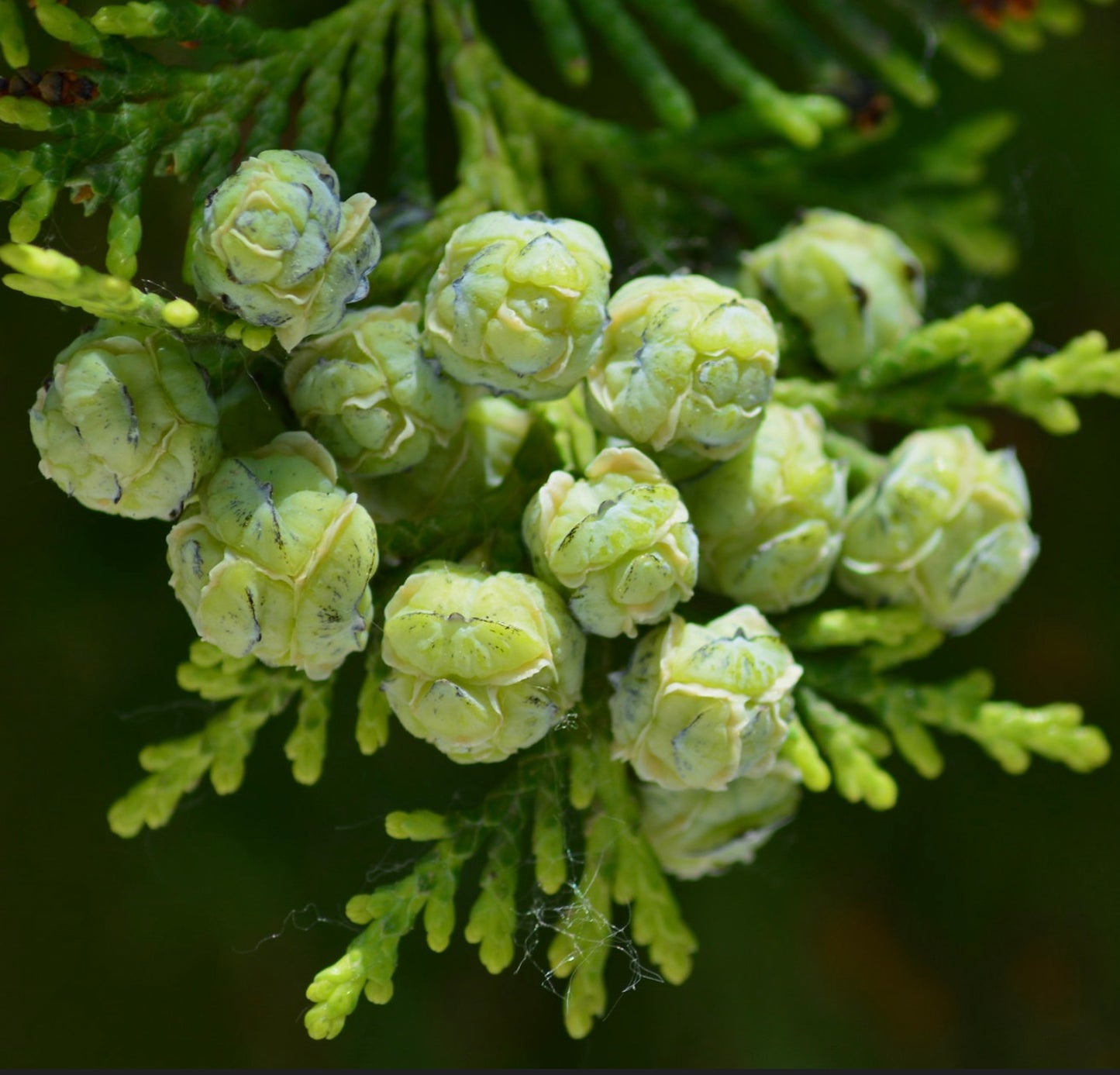- Catalogue Plants
Cupressus macrocarpa 120-170cm
Cupressus macrocarpa 120-170cm
Couldn't load pickup availability
Plant Description
Cupressus macrocarpa, commonly known as Monterey Cypress, is an evergreen coniferous tree native to the Monterey Peninsula on the central coast of California. This tree is renowned for its distinctive appearance, characterized by a narrow, columnar to pyramidal shape, and its fine, feathery foliage. Monterey Cypress is a popular choice for landscaping, often used as a windbreak, specimen tree, or coastal hedge. It is known for its adaptability to coastal conditions and its striking beauty.
Cultivation Tips:
-
Climate: Monterey Cypress is well-suited to coastal climates and thrives in areas with mild, maritime influences. It is best suited for USDA Hardiness Zones 7 to 10, where temperatures remain moderate year-round.
-
Sunlight: Plant Monterey Cypress in a location that receives full sun to partial shade. While it can tolerate some shade, it typically grows best and maintains its dense foliage in full sun.
-
Soil: This tree prefers well-draining soil with a slightly acidic to neutral pH. It can adapt to a range of soil types, including sandy or loamy soils. Good drainage is important to prevent root rot.
-
Watering: Provide regular watering during the establishment phase, ensuring that the soil remains consistently moist but not waterlogged. Once established, Monterey Cypress becomes somewhat drought-tolerant but benefits from occasional deep watering during dry spells.
-
Mulching: Apply a layer of mulch around the base of the tree to conserve soil moisture and suppress weeds. Keep the mulch away from the trunk to prevent rot.
-
Pruning: Prune Monterey Cypress as needed to shape the tree, remove dead or diseased branches, and maintain its desired form. Avoid heavy pruning, as this can lead to sparse foliage and affect the tree's natural shape.
-
Fertilization: In most cases, Monterey Cypress does not require heavy fertilization. If your soil is nutrient-poor, you can apply a balanced, slow-release fertilizer in the spring.
-
Pest and Disease: While generally hardy, Monterey Cypress can be susceptible to cypress canker and cypress aphids. Monitor for signs of these issues and treat them promptly if they appear.
-
Propagation: Monterey Cypress can be propagated from seeds or cuttings. Collect seeds from mature cones and sow them in well-draining soil in the spring. Cuttings can be taken in late spring or early summer.
-
Landscape Use: Monterey Cypress is commonly used in landscaping for its distinctive appearance. It can be planted as a specimen tree, windbreak, privacy screen, or coastal hedge. Its tall, narrow form makes it particularly suitable for these purposes.
Monterey Cypress is a beautiful and adaptable evergreen tree that is highly valued in landscaping, particularly in coastal regions. By following these cultivation tips and providing the right growing conditions, you can enjoy the striking elegance of Cupressus macrocarpa in your garden or landscape.
PLANTS WILL BE SENT BARE ROOTS WITH NO SOIL AND POT
A phytosanitary certificate (for additional costs of €20,00) is necessary for export plants from Italy to ALL destinations out of EUROPEAN COMMUNITY.
Among which: United Kingdom Turkey, South America, USA, Canada, Australia, Japan, Singapore, Philippines, South Korea, Thailand, etc.
Disclaimer: Please keep on mind that the plant may have grown since pictured. Also be aware that most plants change across seasons. If present foliage could have been fallen or change in its color.
Botanical family: Cupressaceae
Botanical genus: Cupressus
Botanical species: Cupressus macrocarpa
SKU:BA-0712-S
Cultivation
Cultivation
Additional information
Additional information
Plant Height: 120-170cm
Plant Diameter:
Picture Taken on:
Pot Size:
Grafted/Not Grafted:


